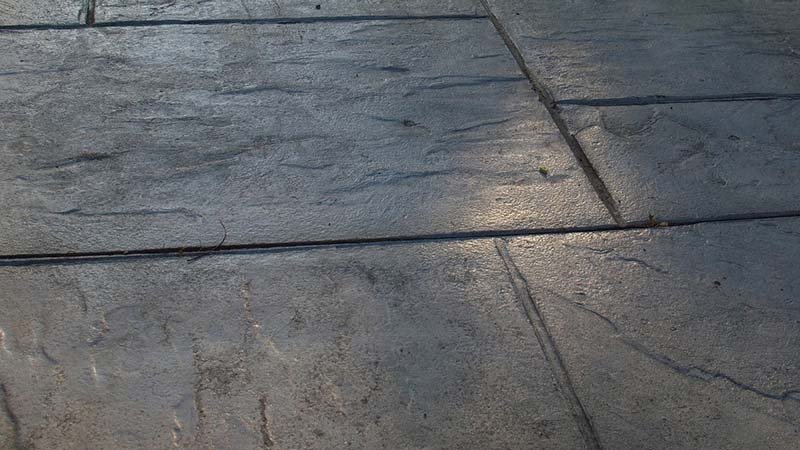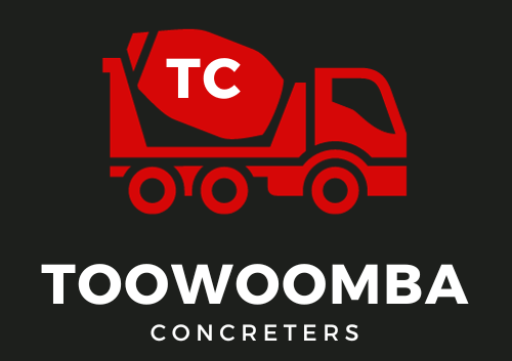Why Concrete Strength Matters
Durable concrete is essential as it forms the foundation of your projects, withstanding unique climate conditions and saving you from costly repairs. Temperature variations, from below freezing in winter to over 35°C in summer, along with an average annual rainfall of around 700mm, can strain concrete installations. These fluctuations, coupled with occasional extreme weather events, demand robust concrete. Freeze-thaw cycles are a particular concern, as water expands when it freezes, potentially cracking the concrete. To combat this, air-entrained concrete is often necessary; it contains microscopic air bubbles that provide space for expanding ice, preventing damage. Proper curing is also crucial in hot, dry conditions to prevent rapid drying and shrinkage cracking, so measures like moist curing or using curing compounds are essential. I’d like to know more about specific curing compounds suited for this climate and how to apply them effectively. More details on moist curing techniques would also be beneficial, including how long to keep the concrete moist and what materials to use.
Key Factors Influencing Concrete Strength
- Water-Cement Ratio: This ratio is crucial. Too much water weakens the concrete. A lower ratio creates a denser, stronger matrix. Reducing the water-cement ratio by 10% can increase compressive strength by up to 30%. Aim for a ratio between 0.4 and 0.6 for most applications. How is the water-cement ratio measured precisely in practice? Are there tools or methods to ensure accuracy on-site?
- Quality of Materials: High-quality cement, aggregates, and water are essential. Use a reputable supplier like Hanson for quality aggregates. Good quality cement should be free of lumps and have a consistent grey colour. Aggregates should be clean, well-graded, and free from impurities. Use potable water, free from contaminants. What are the specific grading requirements for aggregates in different concrete applications? Are there tests I can perform to check the quality of the aggregates myself? What are the signs of contaminated water and how can I test for it?
- Curing: Proper curing is vital. Maintain adequate moisture and temperature for at least 7 days. In a hot climate, consider extending curing times or using curing compounds. A temperature of around 20°C is ideal for curing. What are the consequences of inadequate curing, specifically in various climates? How can I monitor the temperature of the concrete during curing?
- Placement and Compaction: Proper placement and compaction eliminate air pockets, creating denser, stronger concrete. Use appropriate compaction methods like vibrating pokers or rollers. What are the best practices for placing concrete in different situations, such as slabs, footings, and walls? How do I know if the concrete has been compacted sufficiently? What are the signs of over-compaction?
Understanding these key factors is crucial for achieving optimal concrete strength. A well-structured approach is essential for success. Just as a checklist helps ensure all crucial steps are followed in a concrete project, it can be equally valuable for other important tasks. For instance, optimising your website’s SEO can significantly impact its visibility and reach. To help you with this, we offer a Free SEO Audit Checklist. This checklist provides a comprehensive guide to optimising your website, covering key areas like on-page SEO, backlinks, and site speed. Ready to take your website’s ranking to the next level? Download our Free SEO Audit Checklist and start optimising today! Leave your email below, and we’ll send you the checklist instantly. Plus, get a complimentary 15-minute consultation to review your site’s performance.

Advanced Techniques for Supercharging Strength
- Concrete Mix Design: A tailored mix design optimises concrete for specific projects. For example, a high-strength mix is ideal for structural elements, while a more workable mix is suitable for pavements. Where can I find resources or professionals to help me develop a custom concrete mix design for my project?
- Admixtures: Admixtures enhance concrete properties. Water reducers are commonly used to achieve higher strength with less water. Retarders slow down setting time, beneficial in hot weather. Air-entraining agents are crucial for freeze-thaw resistance. These are often used in concrete construction. What are the potential drawbacks or side effects of using different admixtures, and how can these be mitigated? Are there specific admixtures recommended for various climate conditions?
- Fibre Reinforcement: Fibres increase tensile strength and crack resistance. Steel fibres enhance structural performance, while synthetic macrofibres control cracking. Polypropylene fibres are often used for crack control in slabs and pavements. What are the cost implications of using different types of fibre reinforcement? How do I choose the right type of fibre for my specific application?
Ensuring your concrete projects are successful requires careful planning and execution. A structured approach, like using a checklist, can significantly improve the outcome. Similarly, optimising your website’s SEO requires a systematic approach. To help you in this process, we offer a Free SEO Audit Checklist that can serve as your guide. This checklist will walk you through the necessary steps to ensure your website is fully optimised. Don’t miss out on the opportunity to boost your website’s performance. Download our Free SEO Audit Checklist now and start seeing results. Enter your email below, and we’ll send the checklist directly to your inbox, along with a free 15-minute consultation to discuss your site’s performance.




